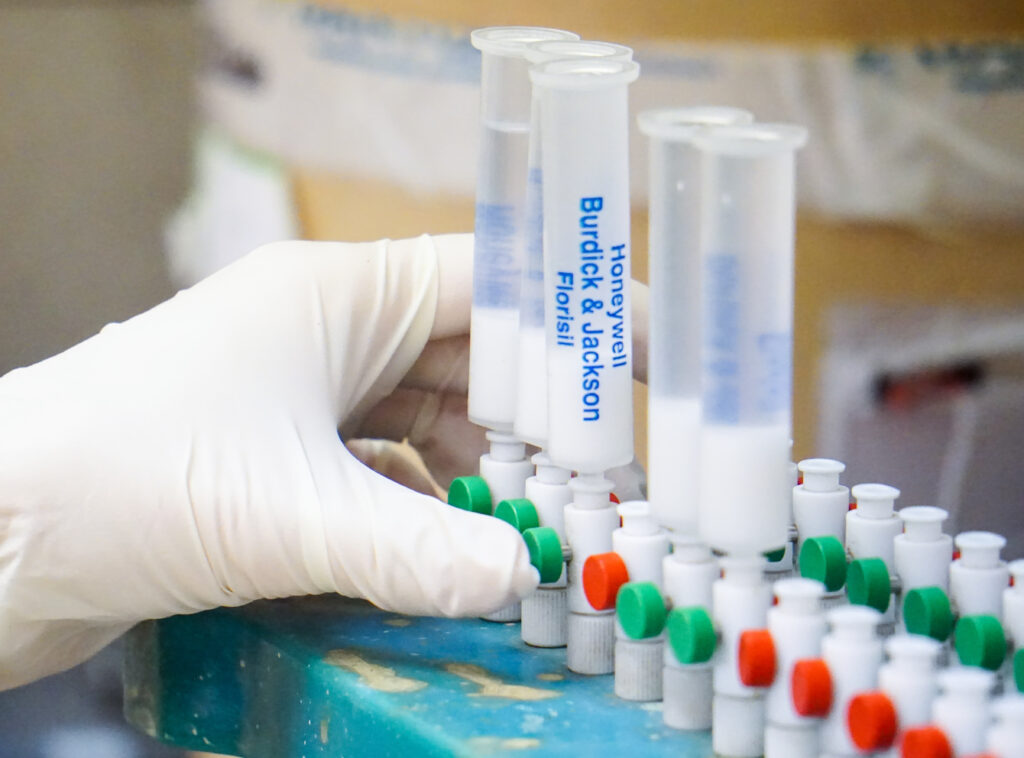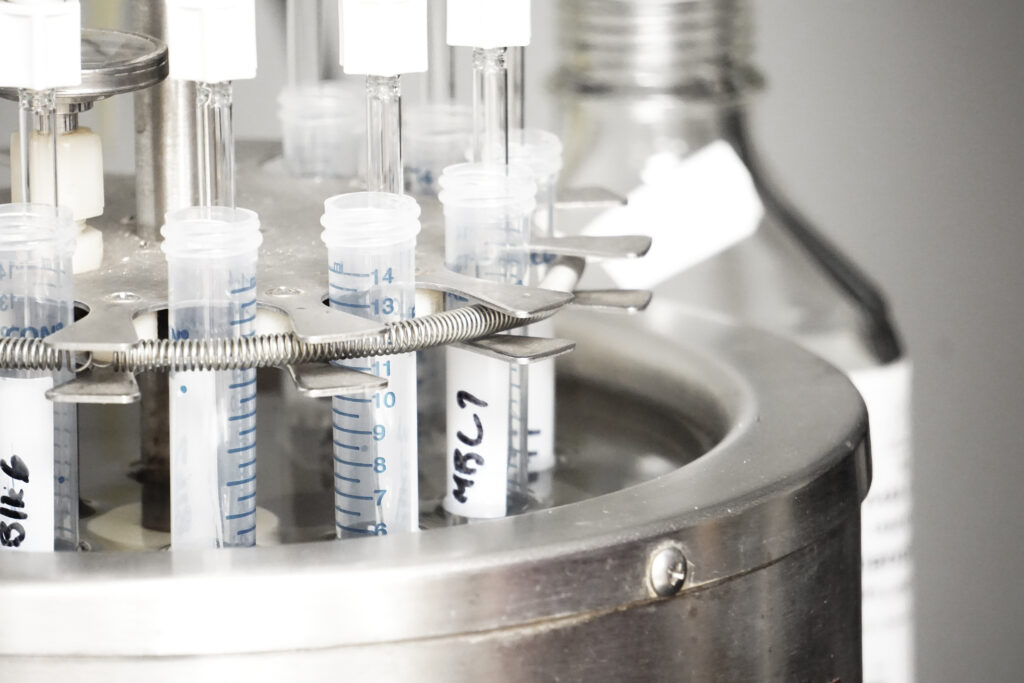What Can Water Treatment Managers Expect as Federal PFAS Regulation Approaches?
Forever chemicals — defined by a chain of nearly indestructible carbon and fluorine atoms — are infamous because the atomic bond in those chains is so strong that they do not break down in the human body, or in nature. Per- and polyfluoroalkyl substances, also known as PFAS or PFOA, are chemicals that developed in the 1930s and quickly became a staple of American life – being used in everything from nonstick cookware to stain-resistant fabrics, carpets, cleaners, and paints. Since their inception, the widespread use of persistent and toxic PFAS has decreased as researchers linked their presence in the human body to serious health risks. Those risks include increased cholesterol levels, impaired immune systems, and increased risk of cancer. While this truth has reached the ears of many nationwide, most states and the federal government have not put in place strict regulations to keep forever chemicals out of our bodies.
“A handful of states are putting PFAS regulation in place right now,” explained environmental testing expert and Microbac Laboratories Business Development Manager Peter Rundell. “It’s pretty much just New York State. Reason being, the regulation isn’t coming down from the EPA yet, and while everyone knows these chemicals are toxic, the water treatment plants know that once they begin testing for PFAS and find it – it’s a very, very expensive process to put the tools in place to filter that PFAS out of their water. Right now, the best-proven tools to filter PFAS out of drinking water are granular activated carbon absorption, ion exchange resins, and reverse osmosis – all three of which most water treatment plants cannot currently afford to install and until the EPA adds forever chemicals to the Safe Drinking Water Act, states won’t be forced to take action.”
Recently, the Environmental Protection Agency took preliminary actions toward regulating some of the toxic forever chemicals, PFOA and PFAS in community water, making a final determination to set drinking water limits for these compounds. This determination is the first step on the long road to setting the enforceable nationwide limits Rundell is talking about. The EPA recently announced through UCMR5 that between 2023 and 2025, it will require many public utilities to test their water for 29 other forever chemicals.
Most notably, the EPA recently issued final regulatory determination, which, according to the agency said it “will fast track the process of listing two of the most notorious PFAS, namely Perfluorooctanoic acid (PFOA) and Perfluorooctanesulfonic acid (PFOS) as hazardous substances under the Safe Drinking Water Act. This will allow the EPA to issue a Maximum Contaminant Level, which will set the maximum concentration of PFOA and PFOS allowed in drinking water before cleanup becomes mandatory.” The current level, 70 parts per trillion, is disputed by a number of states and independent organizations as insufficient to protect humans and the environment from these toxic substances.

“When the EPA does pull the trigger to update the Safe Drinking Water Act, it’s going to be a huge undertaking for many water filtration plants across the country,” explained Rundell. “For example, if these water plants have tested positive for PFAS, they have to undergo remediation to adhere to the updated Safe Drinking Water Act. They may then have to apply either reverse osmosis or granular activated carbon to remove the chemicals. This is necessary, but of course, it’s extremely expensive for the water operators. A water testing laboratory’s job is to make this process really easy for the water operator. Usually, these plants are uncomfortable doing the sampling on their own. The stakes are high! That’s why they call us at Microbac. I just give them my number, visit them at their plant, walk them through everything, and sometimes even completely take sampling off their plate by performing the sampling myself, if that’s what they prefer.”
Aside from removing and cutting contaminated water sources, there are three main treatments considered for PFAS mitigation: reverse osmosis, granular activated carbon (mentioned by Rundell), and ion exchange. Unfortunately, each option comes at a steep cost.
Reverse osmosis is not new, but it requires low energy and results in high recovery by removing nearly all PFAS. Large-scale systems can cost as much as 4 million dollars. Granular active carbon has become a popular water treatment method as it is less expensive and removes PFOA and PFOS. Ion exchange, a process that removes dissolved ions from solution and exchanges them with similarly charged ions, can help to treat some compounds that aren’t captured with granular active carbon, but the upfront cost is steeper. Essentially, a large water system that processes thousands of gallons per minute could be looking at a multi-million dollar bill to keep forever chemicals out of their water. A cost that Rundell says may not be cheap, but is necessary.
“The cost of these technologies is not necessarily cheap, but the health consequences are much more expensive in the long term,” said Rundell. “What’s the cost of human life? It’s important to look at the long-term costs to the community’s health, health care, health insurance over time and weigh that against the upfront cost of the water treatment.”
When addressing the complex challenges and issues posed by PFAS in drinking water, it is imperative municipalities, schools and water treatment plants work with recognized experts such as Microbac, one of the nation’s largest independent testing providers.
“We are ready and able to help customers with their PFAS testing needs,” states Larry Gwinn, Managing Director of Microbac’s Ohio Valley Division. “With new analytical instrumentation, qualified analysts, and project experience, we can test for this complex group of forever chemicals in various water sources and provide our customers with the highest quality data.”
Microbac is NELAP (National Environmental Laboratory Accreditation Program) certified for EPA methods 537 and 537.1. In addition, the testing provider is DoD ELAP (Department of Defense Environmental Laboratory Accreditation Program) accredited for modified EPA method 537 following rigorous DoD protocol. Contact us to learn how our dedicated and skilled team can support your PFAS testing needs.
